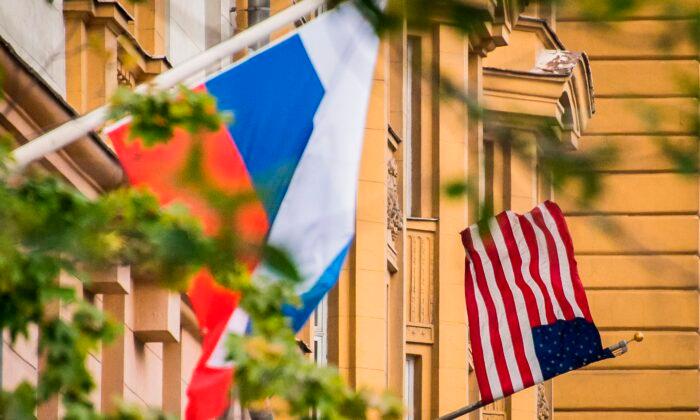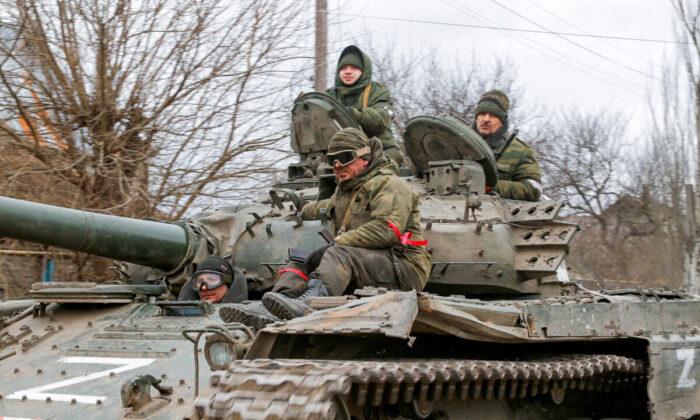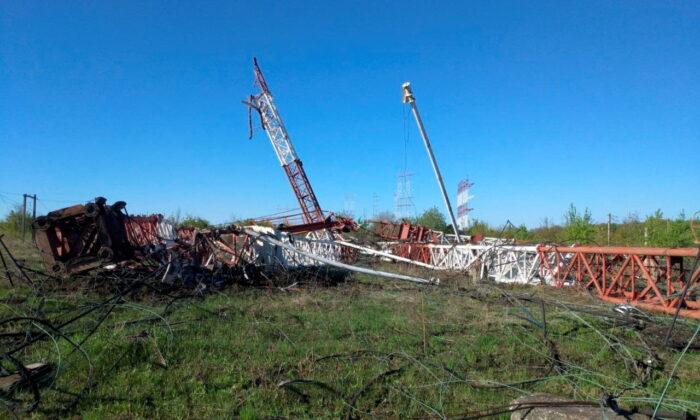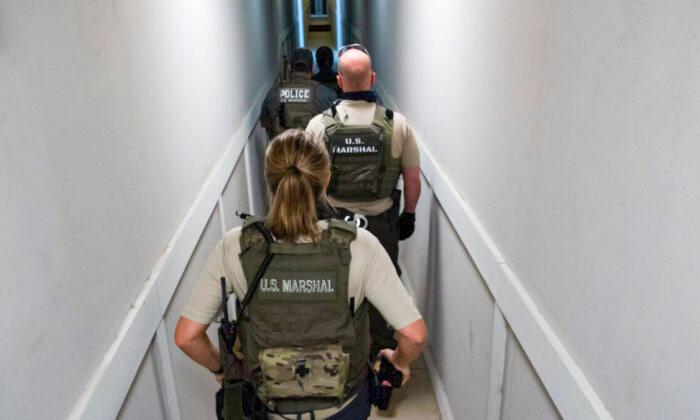U.S. officials have expressed concern to Moscow over a Russian spacecraft, which appears to be tailing a multibillion-dollar U.S. spy satellite, according to reports.
“We view this behavior as unusual and disturbing,” Raymond told the publication in an interview published Monday.
The chief of space operations said U.S. military analysts first became alert to the allegedly threatening situation two weeks after Moscow launched its spacecraft into orbit on Nov. 26 from Plesetsk Cosmodrome attached to a Soyuz rocket, when it suddenly split in two.
“The way I picture it, in my mind, is like Russian nesting dolls,” Raymond said, adding that analysts described how a second smaller satellite was “birthed” from the first. “The second satellite came out of the first satellite.”
However, by January, the two satellites appeared to be shadowing the U.S. satellite—USA 245, also known to space experts as a KH-11.
Amateur satellite tracker Michael Thompson speculated on the peculiar movements of Cosmos 2542 and Cosmos 2543 on Twitter, using publicly available data.
“This is all circumstantial evidence, but there are a hell of a lot of circumstances that make it look like a known Russian inspection satellite is currently inspecting a known U.S. spy satellite.”
Raymond told TIME that the behavior of the pair of satellites is similar to those Russia labeled “inspector satellites,” in 2017.
“The satellites exhibited characteristics of a weapon system when one of those satellites launched a high-speed projectile into space.”
The move “… would be interpreted as potentially threatening behavior” in any other domain, Raymond added.
“The initial costs of setting up the Space Force are likely a small down payment on an undertaking that could cost tens of billions of dollars in the years to come,” William D. Hartung, director of the arms and security project at the Center for International Policy, told TIME.
“The last thing we need is more bureaucracy at the Pentagon, but that’s exactly what the Space Force is likely to give us. Creating a separate branch of the armed forces for space also risks militarizing U.S. space policy and promoting ill-advised and dangerous projects that could involve deploying weapons in space,” Hartung added.
The Epoch Times reached out to the Russian Embassy in Washington, D.C. but did not immediately hear back.






Friends Read Free